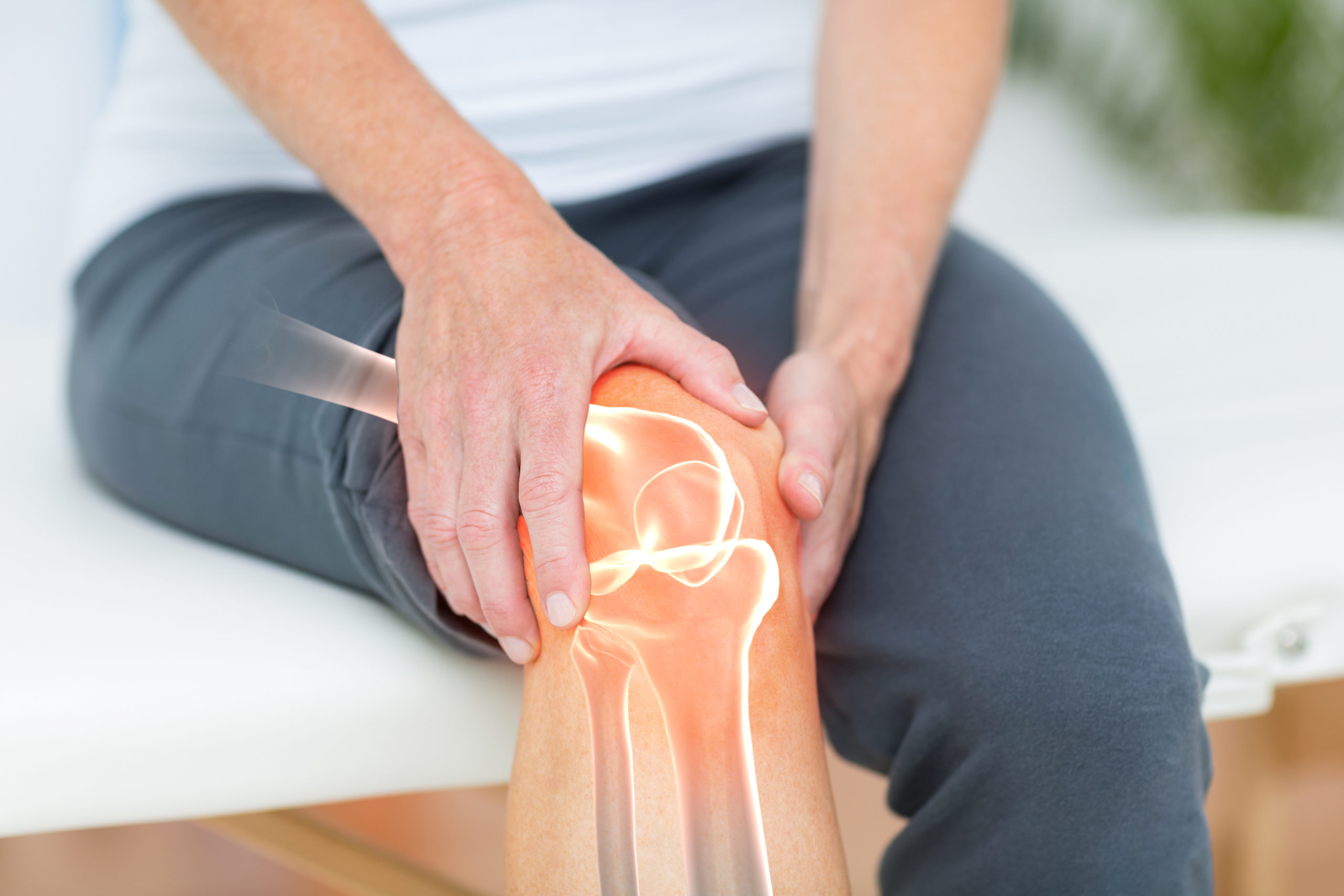
Cervical osteoarthritis is the location of osteoarthritis in the spine in its cervical part. Cervical osteoarthritis increases with age. After 60 years, radiological images of cervical osteoarthritis are present in 70% of women and 100% of men. Osteoarthritis lesions are located at:
- discs with a decrease in the space between 2 vertebrae;
- joints between the vertebral arches and between the edges of the vertebral bodies.
These arthritis attacks found on radiographs of the cervical spine (reduction in the space between the two bones) are often not accompanied by any symptoms and do not require any treatment. When they do manifest, they can do so in several ways:
- MRI of neck pain and herniated disc
- or by neck pain (90% of cases); it is joint neck pain;
- or much less often by compression of the root of a nerve (cervicobrachial neuralgia), the spinal cord, or the vertebral artery.
Joint neck pain is characterized by neck pain. Neck movements are limited and sometimes trigger crunches.
For the doctor, the main thing is to eliminate an infectious, tumor, or inflammatory cause related to this pain. Physical and radiological examinations are necessary to rule out these possibilities. It remains to treat this “common neck pain” by rest, analgesics, anti-inflammatory drugs, and rehabilitation. Search for knee arthritis (ข้อ เข่า อักเสบ which is the term in Thai)
The cervicobrachial neuralgia is a dull, aching pain of the upper limb whose origin is cervical (compression of a nerve root discogenic). As for joint neck pain, it is also necessary to eliminate another cause, infectious or tumor in particular. The slow compression of the cord by osteophytes resulting in gait worsening gradually. Its treatment is surgical. The compression of the vertebral artery by osteophytes causes various disorders: headaches, dizziness, ringing in the ears, visual gene.
Osteoarthritis Of The Ankle
It is often a sequel to a trauma to the tibiotarsal joint (between the tibia-fibula and the talus). It is responsible for the pain of the “mechanical” type. Surgical treatment (blockage of the joint) is reserved for patients with severe disabilities.
Osteoarthritis In The Spine (Dorsal And Lumbar Region)
Its localization results mainly in pain with some peculiarities for lumbar osteoarthritis. Thus, osteoarthritis of the posterior inter-apophyseal joints is manifested by low back pain radiating into the buttocks, without signs of disc pain.
Finally, when the bony growths (osteophytes) compress the nerve roots located inside the lumbar canal, it is the “narrow lumbar canal.” It is responsible for neurological disorders in the lower limbs triggered by walking. Its treatment is medical (infiltrations, rehabilitation) and sometimes surgical.